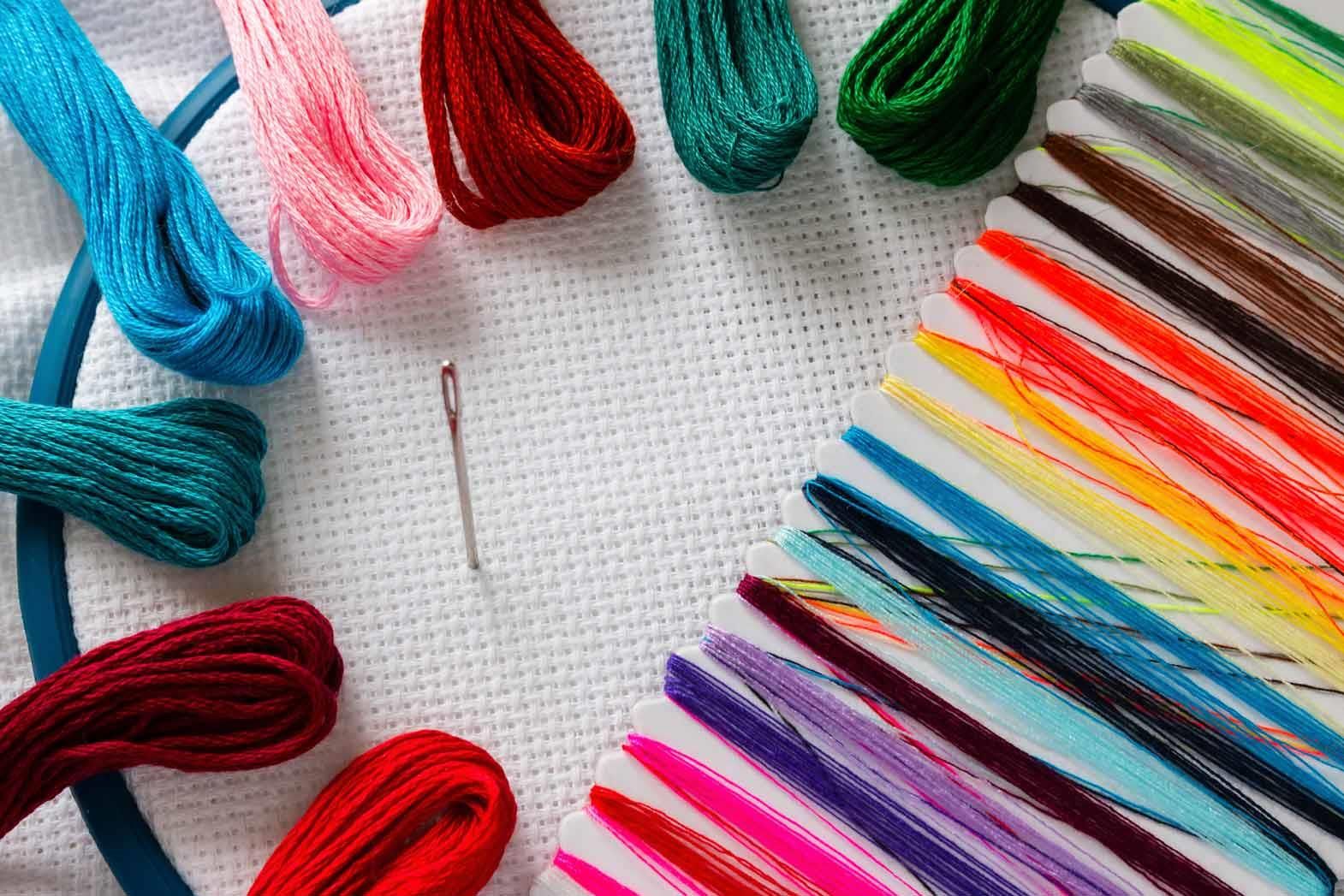(Viewsexpressed in this article are the personal opinion of the author.)
Tambourstyle embroidery work is said to have originated in China and then travelledthroughout Asia via India, Persia and Turkey, eventually reaching Europe in theeighteenth century. Alternatively, it has been suggested that the style wasbrought directly to Europe from China by the French, also in the eighteenthcentury. Whichever is true, tambour work did not become widely popular untilthe middle of the latter half of the eighteenth century.
Oneof the main characteristics of the production of tambour or tambouring as itwas often called was the use of two circular frames, one fitting snugly intoanother. This was in order to hold the backing fabric taught in order toproduce the embroidered stitch work without the fabric losing its taughtness.The word tambour derives from the French word for drum, which theoutline of the hooped frame resembled.
Muchof the earlier tambour work was produced using white stitching on a white background.This minimal but effective and accomplished embroidery technique proved to beextremely popular during the last half of the eighteenth and first half of thenineteenth century.
Althoughit was an accomplishment of many women of the upper classes in Europe, much ofthe real work was produced by lower class women. Tambour work was produced on avariety of finely woven backing fabrics, muslin being a particular favorite.
Nineteenthcentury versions of the discipline tended towards a more colorful spectrum. Awide range of colored silks and gold thread became popular, allowing thediscipline to expand and diversify from the original white work. By today'sstandard, many might well see the original white work as being of a superiornature to that of the later colored work. However, it must be remembered thatmany of these traditional handcrafts, and particularly those concerningtextiles, were struggling to survive in the nineteenth century. The marketplacehad reached a particularly competitive and robust phase with industry puttingintense pressure on the scope and availability of handcrafts.
The nineteenth century saw a range of innovations and transformations, many of which were speedily introduced into the domestic and interiors market. A wide colour range was an integral part of the nineteenth century's decorative palette and therefore tambour work, along with many other versions of textile craft, could only helplessly reflect those trends and impositions.
True tambour work used a hook with a wooden handle, as opposed to the more usual needle as can be found used in many other forms of embroidery craft. This has led many to see a link, or at least certain similarities, between tambour works and crochet some even believing that crochet directly derived from the earlier tambour work. Although having certain similarities, a tambour hook is much finer and sharper that the average crochet hook.
Tambour work has been used highly successfully and effectively within the fashion world, very much since its original popularity in the eighteenth century. It is still used, to a certain extent, within the confines of the haute couture world. However, it is also still popular with a number of individuals, both amateur and professional. It is a relatively cheap craft to launch into, and seems likely to remain in use in a variety of guises for at least the foreseeable future.
This article was originally published in the Design, Decoration, Craft blog.








Comments